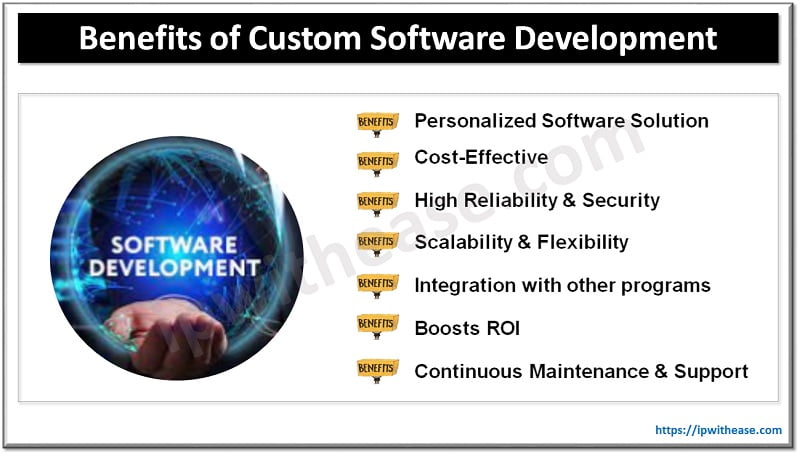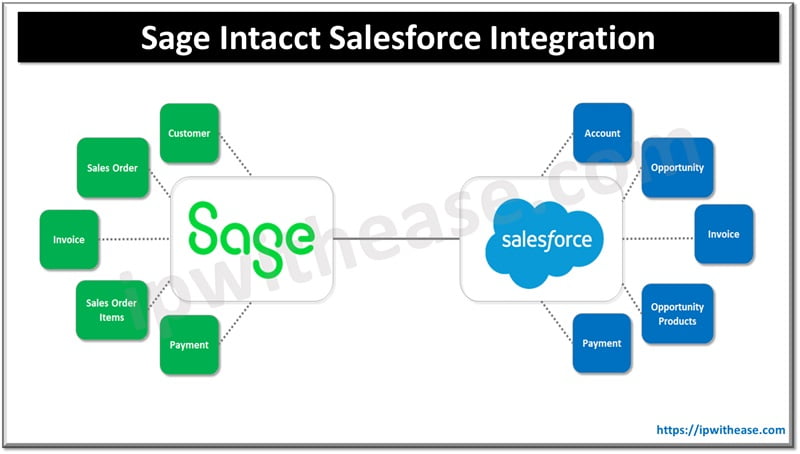Table of Contents
Having a software R&D center at your disposal can be a huge competitive advantage for you, your team, and your business. Whether you want to develop a new and innovative solution for yourself or offer research and development services to clients, it’s well worth exploring.
However, if you are serious about building a Software Research & Development Center, you have to know what it will cost upfront. A failed investment can have devastating consequences. “Guesstimates” aren’t enough. You have to plan your every R&D center step by step.
How to Establish The Cost of a Software R&D Center
Don’t worry – you don’t need a large international R&D Center for your small business. You can build a good R&D center on a budget, but you have to properly research what it would take.
Here’s how you can approach it:
1. Conduct User Research
What software R&D center services would you like to offer? Or better yet, what kind of services do your clients actually want? You should always validate your ideas by doing market research. This could include contextual inquiries with existing clients, user interviews with people from your target market, or conducting surveys so that you understand what kind of products people are interested in and how big the market is. This research will inform what kind of equipment and skills you will need from your team and your research center.
2. Determine Your Product Strategy
Next, develop a clear value proposition. What do you want your product to be great at? Sometimes there’s a trade-off. Many of the initial block chain tech companies had to choose between being completely decentralized or being extremely fast, for example. Other tech products had to decide whether they wanted a long battery life or a compact size. You should always decide which attributes are most important to your target market. Remember, you don’t have to be the best at everything – just one or two very important things!
Once you’ve done your market research, determined your value proposition and completed a competitive and market analysis, you should build a minimum viable product based on the features you feel are most important. Your minimum viable product is a basic version of the end product, with just the most important features. This enables you to present a version of your product to your target market and ask them questions. You can validate your assumptions about their needs.
3. Build a Prototype
Once you’ve completed your MVP, you can start doing lean testing to validate the concept and make changes as you require. Testing a prototype is a good way of finding out where improvements should be made before you move on to development. You could also use rough-order-of-magnitude budgeting tools before approving a prototyping project that will help you identify work streams and contingency buffers.
4. Costing
Now that you’ve tested and refined your prototype, you can create a product roadmap with all of the features and capabilities you’d like to build and when you will release it to the public. This is where you will start working out the cost estimates of your project. A project manager can help you track the cost of development as it rolls out.
Bear in mind that you need to keep re-evaluating the cost of your project over time. Markets change, and you’ll need more features. Test the time and effort you’ll need to spend on each feature using point sizing, so you know how many developers you’ll need to complete a single aspect of each project. Then keep your project organized through agile sprints, stories, and epics.
Conclusion
All of this may seem impossible at the beginning, but it’s actually very simple. All you need is a solid plan, a good budget, and good people to keep you on track. Don’t forget to keep your customers in mind. R&D isn’t about building solutions that you want but about building solutions that customers are willing to pay for.
Building a software R&D center requires that you take a number of different factors into account…including allowing for testing, prototyping and changes. Always have a contingency plan in place because there will always be surprises!
Continue Reading:
The 5 Essential Types of Software Every Business Needs
Why Custom CRM Is Good For Business
ABOUT THE AUTHOR
IPwithease is aimed at sharing knowledge across varied domains like Network, Security, Virtualization, Software, Wireless, etc.



